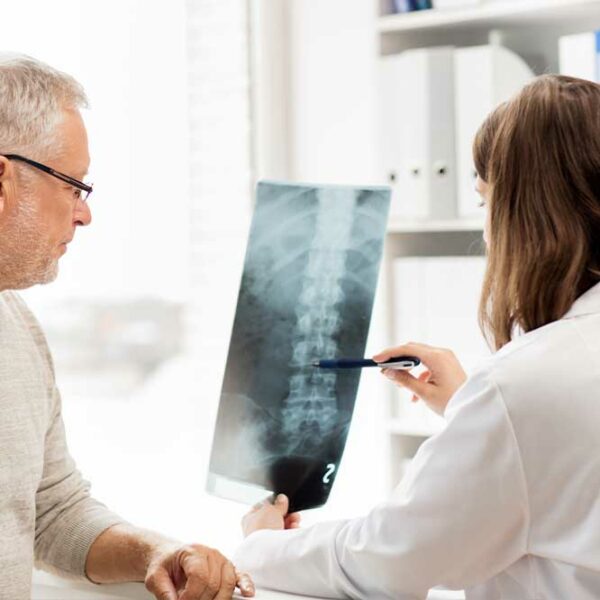
Minimally Invasive Microdiscectomy Surgery (Lumbar)
Minimally Invasive Microdiscectomy Surgery is a cutting-edge procedure aimed at addressing lumbar disc herniation. Unlike traditional open surgeries, this minimally invasive approach targets the specific disc issue while minimizing disruption to surrounding tissues, allowing for a quicker recovery. Minimally Invasive Microdiscectomy Surgery is commonly recommended for lumbar disc herniation causing symptoms such as:
- Sciatica (leg pain)
- Numbness or weakness in the legs
- Back pain associated with disc compression




